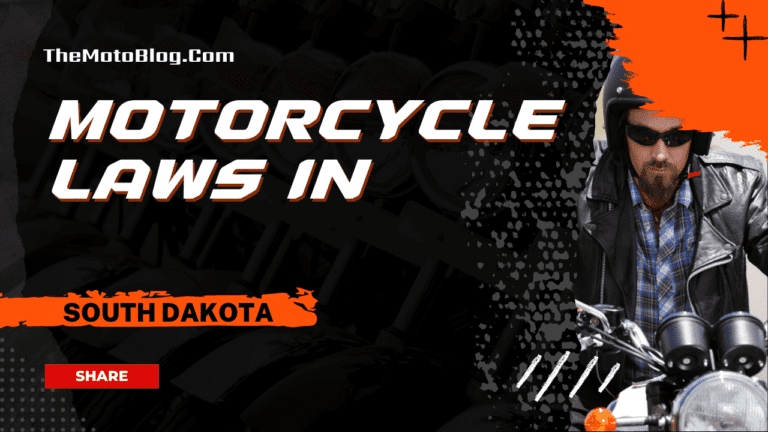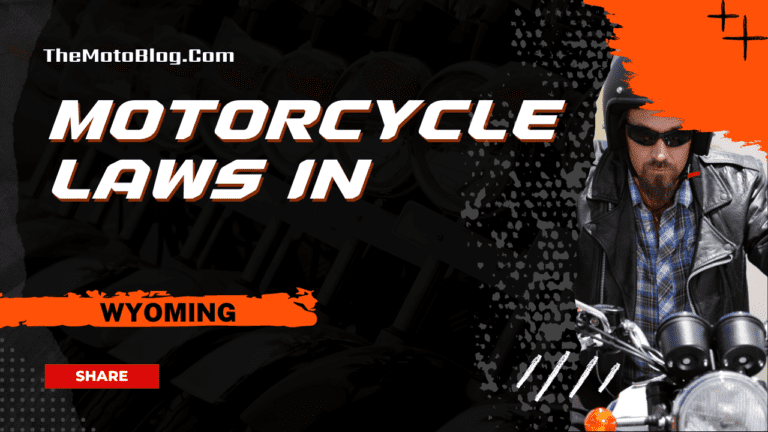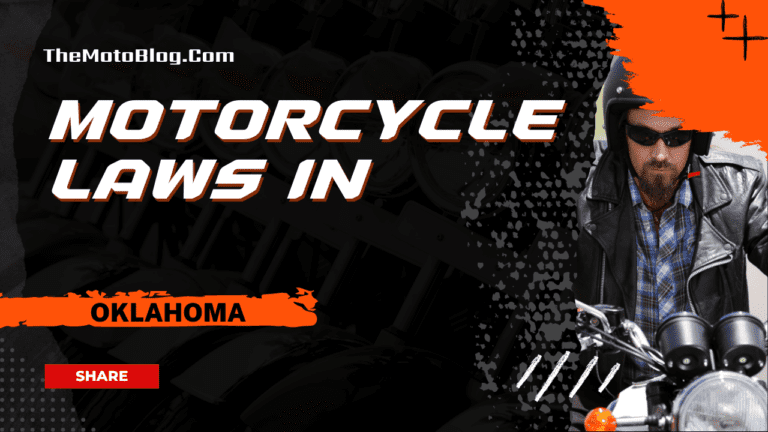Motorcycle Laws in Texas: A Comprehensive Guide for Riders
Texas motorcycle laws establish comprehensive regulations to ensure rider safety while preserving individual freedoms on the state’s diverse roadways. From the scenic routes of Arkansas to the north, the coastal highways near Louisiana to the east, and the desert landscapes bordering New Mexico to the west, Texas sits at the crossroads of some of America’s most distinctive riding territories. The state’s motorcycle regulations reflect this unique position, balancing safety requirements with rider autonomy. Before hitting the open road in the Lone Star State, riders must familiarize themselves with these essential laws and regulations that govern everything from licensing requirements to equipment specifications.

| Requirement | Rule |
|---|---|
| License Type | Class M or motorcycle endorsement |
| Minimum Age | 15 years old |
| Helmet Requirements | • Under 21: Mandatory • 21+: Optional with safety course or $10,000 insurance |
| Insurance Minimums | • $30,000 per person • $60,000 per accident • $25,000 property damage |
| Lane Splitting | Prohibited |
| Lane Sharing | Two motorcycles allowed per lane |
| Passenger Age | • Minimum 5 years old • Must be 8+ and 4’9″ tall |
| Required Equipment | • DOT-certified helmet (if applicable) • One mirror minimum • Horn • Proper mufflers |
| Annual Requirements | • Safety inspection • Registration • License plate display |
| Passenger Equipment | • Fixed seat • Footrests • Handholds |
| Safety Course | Required for helmet exemption |
| Mirror Requirements | Minimum one mirror |
| Operating Hours | No restrictions |
| Group Riding | Two bikes per lane allowed |
| Inspection Items | • Horn • Mirrors • Steering • Brakes • Tires • Wheels • Exhaust • Lights • VIN |
| Documentation | • Proof of insurance • Registration • Valid license |
| Statute of Limitations | 2 years for injury claims |
| Traffic Rules | Same as other vehicles |
| Speed Limits | Same as other vehicles |
| Violations | Helmet violations are secondary offenses |
Licensing Requirements
To legally operate a motorcycle in Texas, riders must obtain proper licensing. The state requires a Class M license or motorcycle endorsement on a regular driver’s license. The minimum age requirement is 15 years old.
Testing and Documentation
Prospective riders must:
- Complete an approved motorcycle safety course
- Pass written and road tests
- Pass a vision test
- Provide proof of residency and identity
- Maintain a satisfactory driving record
Helmet and Safety Equipment Laws
Texas helmet laws balance safety with rider choice:
- Mandatory helmet use for riders under 21
- Riders 21 and older may ride without helmets if they:
- Complete a motorcycle safety course
- Carry $10,000 medical insurance
All helmets must meet Federal Motor Vehicle Safety Standard #218 DOT certification standards.
Operating Rules and Regulations
Texas maintains specific regulations for motorcycle operation:
- Motorcycles must stay within a single lane
- Lane splitting is prohibited
- Two motorcycles may share the same lane
- Required equipment includes:
- At least one mirror
- Functioning horn
- Proper mufflers
Insurance Requirements
Minimum liability coverage requirements:
- $30,000 per person
- $60,000 per accident for bodily injury
- $25,000 for property damage
Vehicle and Equipment Specifications
Annual safety inspections must verify:
- Horn functionality
- Mirror condition
- Steering system integrity
- Brake performance
- Tire condition
- Wheel assembly
- Exhaust system
- Light operation
- VIN presence
Passenger Regulations
Passenger restrictions include:
- No passengers under 5 years old
- Passengers must be at least 8 years old and 4-foot-9 in height
- Required equipment:
- Fixed passenger seat
- Footrests
- Passenger handholds
Registration Requirements
Motorcycles must have:
- Annual registration
- Valid license plate display
- Proof of insurance
- Annual safety inspection certification
Traffic Laws
Motorcyclists must:
- Follow standard speed limits
- Observe same right-of-way rules as other vehicles
- Follow group riding regulations allowing two motorcycles per lane
Enforcement and Penalties
- Personal injury claims have a two-year statute of limitations
- Helmet law violations are secondary offenses
Understanding and following Texas motorcycle laws is crucial for both safety and legal compliance. While Texas shares many common regulations with its neighbors like Oklahoma and Louisiana, it maintains its own distinct set of rules that reflect its unique riding environment and safety priorities. These regulations serve to protect both motorcyclists and other road users while preserving the freedom and excitement of motorcycle riding across the state’s diverse landscapes. Whether you’re a resident or just passing through, staying informed about these laws ensures a safe and enjoyable riding experience on Texas roads. For those looking to explore beyond state lines, checking the specific regulations of neighboring states like New Mexico and Arkansas is essential for compliance during cross-state adventures.
Motorcycle Laws in the US By States
If you liked this article, then please subscribe to our YouTube Channel for more Bike Videos. You can also find us on Instagram, Twitter and Facebook.
Disclosure: As an Amazon Associate, I earn from qualifying purchases. Read more about Amazon Affiliate Disclaimer.

Vishwanath Mathpati
I am Vishwanath Mathpati, a full-time Blogger and Motorcyclist from Bidar, Karnataka. I love writing about my Motorcycles Stories and Riding Gears on this blog.
Know More About Me.







